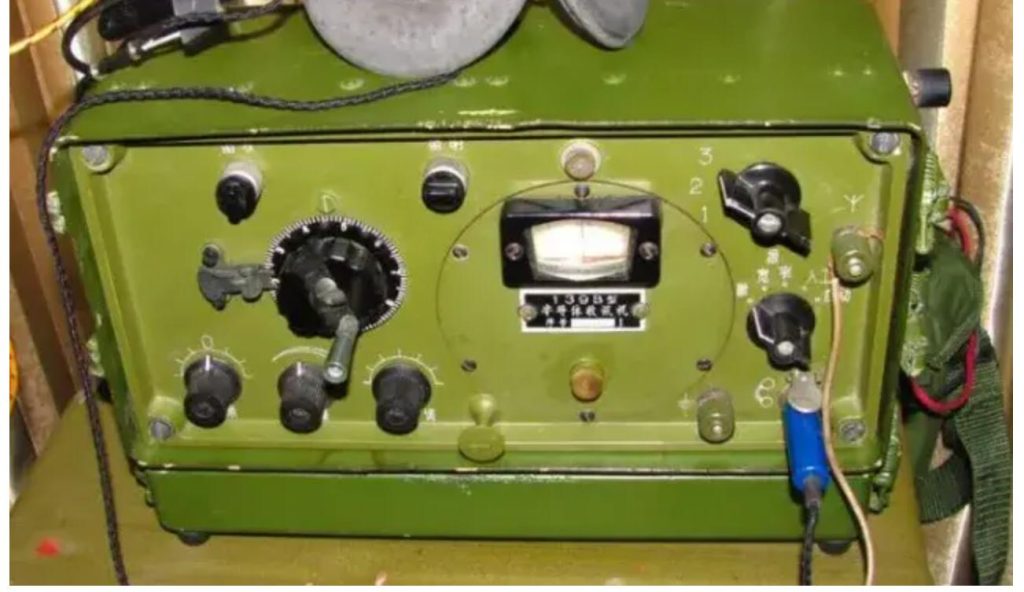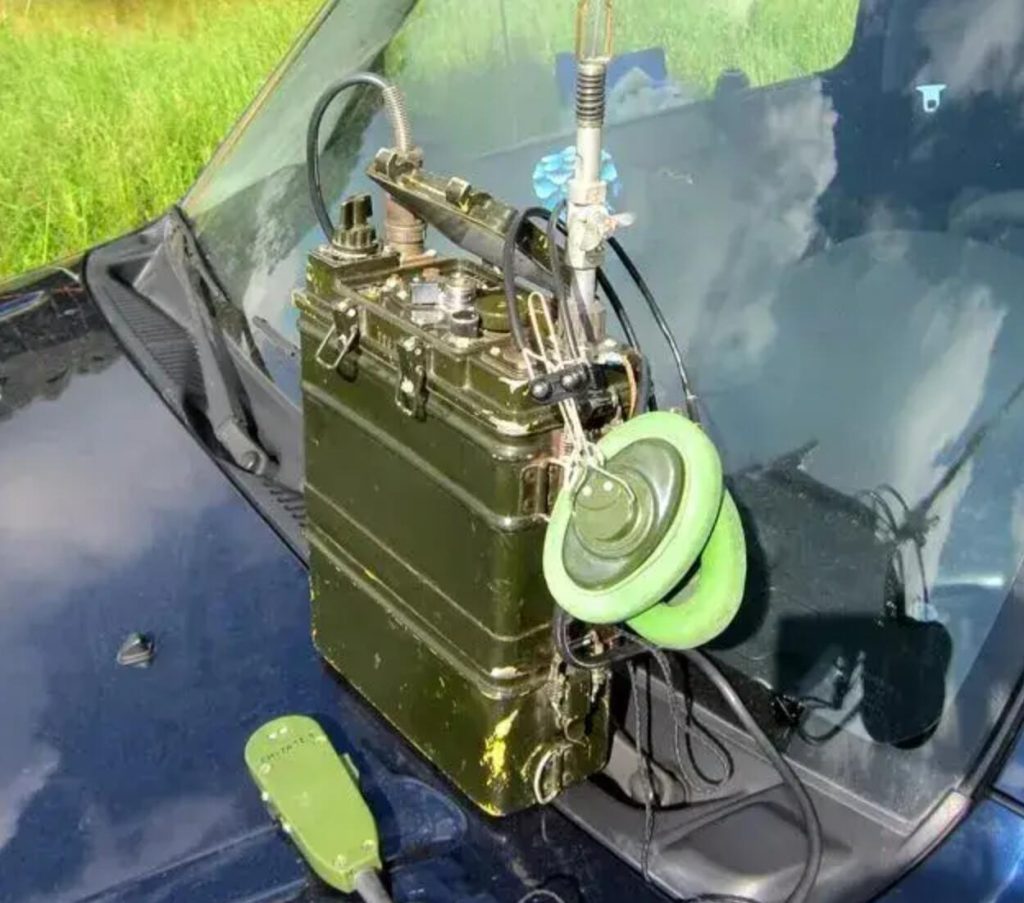Before discussing military car radios, let’s first ask a question: What is the relationship between “car radios” and “amateur radios”?
Answer: In recent years, some media articles have confused “car radio” and “amateur radio” together, causing confusion for many beginners. In fact, “car radio” is a concept classified according to the usage location of the equipment, while “amateur radio” is a concept classified according to the nature of the business, and the two are not topics in the same category.
All radio stations, including amateur radio stations, can be classified into different categories based on their usage locations, such as handheld radio stations, vehicle mounted radio stations, and fixed (base) radio stations. Car mounted radio stations can also be divided into amateur car mounted radio stations, police car mounted radio stations, military car mounted radio stations, etc. according to their business targets.
Today, let’s talk about military radio stations:
Military radio station: A radio station used for military communication is usually called a military radio station. Although the usage scenarios are similar to terminals such as walkie talkies, there are still differences between radio stations and walkie talkies.
Divided by frequency band: medium long wave radio, short wave radio, ultra short wave radio, microwave radio;
According to the number of channels: single channel radio station, multi-channel radio station;
According to device form: mobile (handheld, backpack, vehicle mounted, shipborne, airborne) and fixed;
By user: Army, Navy, Air Force, etc;
Classification of radio stations based on naming conventions
Taking the US AN/PRC-117G as an example
AN – represents the branch of the device application, and AN (Army Navy) represents the army and navy;
P – represents installation method, P (portable) represents portable, A represents onboard, V represents onboard
R-device type, R (radio) represents radio station category
C – represents purpose, C (communication) represents communication
117 represents the model number
G represents the improved version of the model
The definition, requirements, and measurement methods of indicators refer to the standard
The definition and requirements of indicators generally refer to industry standards, military watches, national standards, and actual usage needs. The main standards referenced in the shortwave field are:
lMIL-STD-188-141C Interoperability and performance standards for medium and high frequency radio systems
LGB/T 6934-2017 Measurement Method for Electromechanical Performance of Short Wave Single Sideband Receiver
General specification for shortwave single sideband communication equipment (GB/T 16946-2017)
General specification for tactical shortwave frequency hopping radio, lGBB 2929-1997
The main reference standards in the field of ultra short wave are:
General Specification for lGJB 318A-97 Tactical FM Radio Station
LGJB 238A-97 Tactical FM Radio Measurement Method
General specification for tactical ultra short wave frequency hopping radio, lGBB 2928-1997
There is currently no military standard for shortwave direct acquisition radio and ultra shortwave broadband radio.
The definition and requirements of some indicators refer to the entire radio system and are not separately separated from the radio frequency.
Working frequency band:
The currently commonly used frequency bands are: shortwave (1.5MHz-30MHz, 1.6MHz-30MHz, 2MHz-30MHz);
Ultra short wave: 30MHz-512MHz (30MHz-88MHz, 108MHz-174MHz, 225MHz-512MHz), 30MHz-870MHz, 30MHz-2000MHz, 30MHz-2500MHz, 225MHz-2500MHz.
The division of frequency bands should consider the following factors: frequency planning for military branches, avoiding civilian and special military frequency bands, and convenient antenna portability for handheld and backpack use.
picture
Short wave vehicle mounted radio full loop antenna
Common indicators of radio frequency performance
RF index classification: basic index, receiving index, transmitting index. Basic indicators mainly refer to the sending and receiving of public indicators; The reception indicators mainly include noise figure, anti-interference indicators, reception power consumption and other indicators; The transmission indicators mainly refer to indicators such as transmission power, transmission linearity, transmission interference, and transmission power consumption; For multi-channel radio stations, it is also necessary to consider indicators such as local co location capability and receiving channel isolation.
Let’s take a look at the classic military radio stations from the past:


